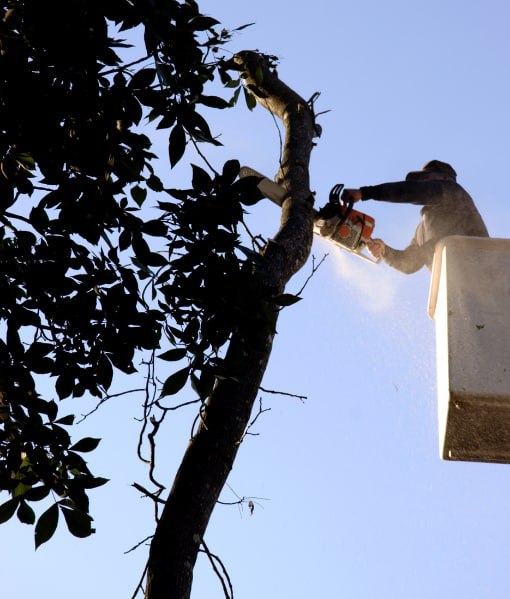
Introduction: Tree crown reduction is a specialised task that requires skill, knowledge, and careful execution to ensure the health and longevity of your trees. While it may be tempting to undertake crown reduction on your own, there are several common mistakes that inexperienced individuals can make. This blog post highlights these pitfalls to help you avoid them and achieve successful tree care outcomes.
- Improper Pruning Techniques
Mistake: Making improper cuts, such as leaving stubs or cutting too close to the trunk, can damage the tree’s bark and underlying tissues. Over time, this can lead to decay, disease, and structural weakness.
Tip: Learn proper pruning techniques or hire a certified arborist trained in crown reduction. Prune just outside the branch collar to promote efficient healing and minimise stress on the tree.
- Over-Pruning
Mistake: Removing too much foliage and branches can stress the tree and compromise its ability to photosynthesize and produce energy. Over-pruning can also lead to sunburn on exposed bark and increased vulnerability to pests and diseases.
Tip: Follow the guideline of removing no more than 25% of the tree’s foliage in a single season. Focus on selectively thinning out branches rather than drastically reducing the overall canopy size.
- Topping Instead of Crown Reduction
Mistake: Topping involves indiscriminately cutting back large branches to reduce the tree’s height or size. This practice can result in weak, unsightly regrowth and increase the risk of branch failure.
Tip: Opt for crown reduction, which selectively prunes branches to maintain the tree’s natural shape and structure while addressing specific issues like weight reduction and hazard mitigation.
- Ignoring Tree Health and Condition
Mistake: Performing crown reduction without assessing the tree’s health, structural integrity, and growth patterns can exacerbate existing issues or overlook underlying problems.
Tip: Before pruning, inspect the tree for signs of disease, decay, or structural weakness. Consider consulting a professional arborist to conduct a thorough assessment and recommend appropriate pruning measures.
- Lack of Safety Precautions
Mistake: Working at heights without proper safety equipment, using incorrect tools, or failing to secure the work area can lead to accidents, injuries, or property damage.
Tip: Always prioritise safety when undertaking tree work. Use sturdy ladders or aerial lifts, wear appropriate personal protective equipment (PPE), and secure the area to prevent falling debris.
- Timing and Seasonal Considerations
Mistake: Pruning at the wrong time of year, such as during active growth periods or extreme weather conditions, can stress the tree and hinder its recovery.
Tip: Schedule crown reduction during the tree’s dormant season or early spring before new growth begins. Avoid pruning during periods of drought, extreme heat, or freezing temperatures.
Conclusion: Avoiding common mistakes during tree crown reduction is essential for maintaining the health and beauty of your trees. By understanding proper pruning techniques, prioritising safety, and knowing when to seek professional help, you can ensure successful outcomes and promote the longevity of your landscape’s valuable assets.
Call us on: 01227 204594
Click here to find out more about Whitstable Tree Surgeons
Click here to complete our contact form and see how we can help you with your tree’s needs.